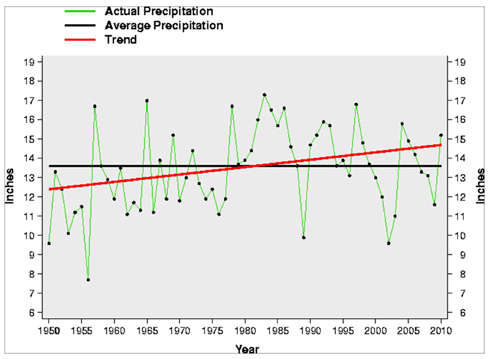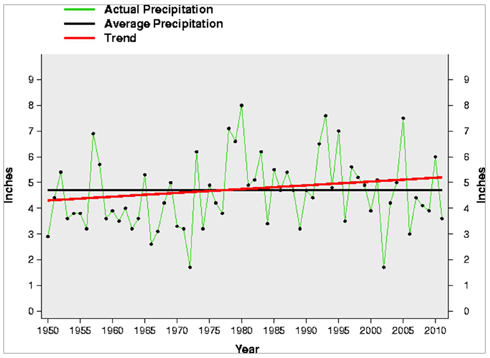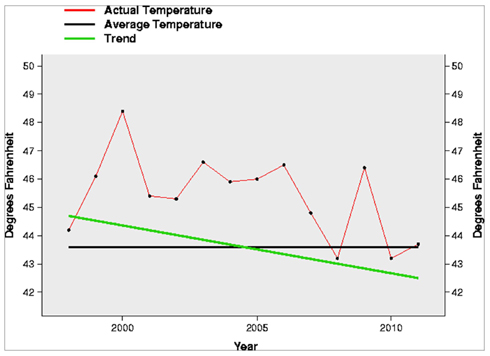Pyne Commentary On the Wallow Fire
From The Wallow Fire: The monster that didn’t have to awaken
by Stephen J. Pyne, Op-Ed, Arizona Republic, Jun. 12, 2011 [here]
It’s never too early to second-guess, but as the Wallow Fire continues to rake through the White Mountains like a giant grizzly paw, it’s worth reviewing how such a burn could happen.
For more than a century, Americans have faced fire on their public wildlands. For the first 50 years, we tried to abolish it and failed. For the past 50 years, we have tried, with patchy success, to restore it.
What we have learned is that all strategies for wildland fire work brilliantly until they fail, and they can fail under conditions that wipe out all the good they had done.
Letting fires burn freely in the backcountry is cheap, safe and ecologically benign until, inevitably, one bolts free, rips through towns, smokes in valleys, and overruns protected places outside its designated domain.
Setting prescribed burns replaces nature’s fires with tamer surrogates until they fail to do the ecological work required or one slips its leash and runs amok.
Large-scale landscaping - clearing, thinning, building roads, converting - can change the behavior of fires but does not eliminate them. Big fires can still ramble, and the meddling can fundamentally mar the character of the land under protection.
Firefighting, or fire suppression, loses 2 to 3 percent of fires under extreme conditions. The resulting firefight is like a declaration of martial law, a means to put down a temporary insurrection; it is not a means to govern. Trying to exclude fire in naturally fire-prone places only stirs up an ecological insurgency.
Each approach fails on its own. What has a chance to work is a mixture of strategies, adjusted to particular places. Restoration takes time, patience and support from a sustaining society. Its prescriptions are political as much as ecological. Like a culture’s architecture or legal system, its fire regimes reflect the choices it makes and the values on which it bases them.
It is not that fire has been ignored. The flames have drawn partisans like a leaping bonfire. But they stand with their back to the fire, speaking out to some group, using those flames to animate their message. The fire matters because it affects something else that they value. They don’t see fire as a common cause, a universal catalyst for the biota, and something with its own logic and demands.
Intellectuals have been no less remiss. Arizona’s universities have disciplines devoted to earth, water and air, but the only fire department is the one that sends emergency vehicles when an alarm sounds.
What is striking about the American style of fire is how technically robust it is and how politically dysfunctional and inept in practice so much of it has become. … [more]
Note: Stephen J. Pyne, Regents Professor in the School of Life Sciences at Arizona State University, is the author of numerous books, including Fire: A Brief History, Tending Fire: Coping with America’s Wildland Fires, and Voyager: Seeking Newer Worlds in the Third Great Age of Discovery.
Razing Arizona
The Wallow Fire has now burned over a half million acres (500,409 at last report). Today the fire jumped containment lines along Highway 180 and is threatening the community of Luna in Catron County, New Mexico. Luna is 15 miles east of Alpine, AZ.
Alpine residents were allowed to return home today — they were evacuated June 2nd. Greer, AZ, remains evacuated. Over 30 homes and cabins have been destroyed in the largest fire in the history of the southwestern U.S., having surpassed the Rodeo-Chediski fire (2002).
For a good timeline of the Wallow Fire, see [here].
Today 3,594 personnel are on the fire, down from over 4,100 yesterday. The fire, which has been burning since May 29th, is 44% contained at present.
To date over $71,000,000 has been spent on suppression of the Wallow Fire. That number will continue to increase at a rate of $3 to $4 million per day for a few weeks. Total monetary damages to property, timber, wildlife habitat, soils, watersheds and airsheds, recreation, agriculture, heritage, and other values have not been reported, but those costs are likely at least ten times suppression costs.
Year-to-date 1,457,545 acres have burned in the Southwest (Arizona and New Mexico) in 1,558 fires. Other large fires currently burning include the Horseshoe 2 Fire (210,311 acres and 75% contained), the Track Fire (27,792 acres, 80% contained), the Loop Fire (30,487 acres, 90% contained), the Godfrey Fire (103,000 acres, 60% contained), and the Monument Fire (20,956 acres, 27% contained). Year-to-date, 93 primary residences, 75 outbuildings, and 4 businesses have been destroyed by wildfires in the Southwest.
Some commentators have pointed to drought as the cause, but data analyzed by the National Climatic Data Center (a branch of NOAA, here) indicates that precipitation has been normal, and in fact on an increasing trend over the last 60 years:

Annual Precipitation, 1950-2010, Southwest Region (1901-2000 Average = 13.56 Inches, 1950-2011 Annual Trend = +0.37 Inches per Decade. Graph courtesy NCDC.

Year-To-Date Precipitation, 1950-2011, Southwest Region (1901-2000 Average = 4.72 Inches, 1950-2011 Annual Trend = +0.15 Inches per Decade. Graph courtesy NCDC.
Global warming alarmists have claimed that global warming is the culprit, but temperatures have been decreasing in the Southwest for the past 14 years:

Year to Date (Jan - May) Temperature, Southwest Region (1901-2000 Average = 43.62 degF, 1998-2011 Trend = -1.63 degF / Decade). Graph courtesy NCDC.
Note that the foregoing graphed data not only question the “climate change” hypothesis, they scientifically disprove it.
One significant change that most commentators fail to appreciate is that the vegetation has been growing and accumulating for decades. In the absence of treatment, biomass builds up. Current biomass is 5 to 10 times historic norms. In addition, all that fuel is largely continuous across the national forests of the Southwest.
Some commentators have noted that where forests have been thinned, the Wallow Fire has “gone to ground” and caused little damage, quite possibly saving homes in Alpine and Greer from incineration. Despite nearly a decade of the Healthy Forest Restoration Act thinnings on the Apache-Sitgreaves NF, only a few acres have been thinned — less than one percent of the area burned in the Wallow Fire alone.
There is a plan, called “The Four Forests Restoration Initiative”, that promises to treat 50,000 acres per year on 2.4 million acres of national forests, but it hasn’t gotten off the ground yet. Note that at the proposed rate, it will take 50 years to treat the acres that need it, and by then most of those acres will likely be severely incinerated to ashes anyway.
Unless Federal and State governments take immediate and large-scale actions beyond any even contemplated in the past, fiery disaster and catastrophe will continue to ravage the Southwest.
